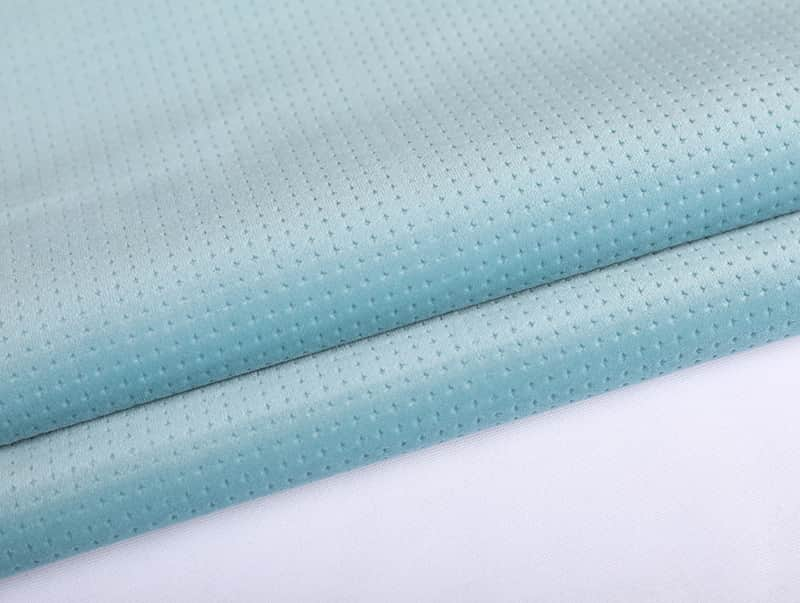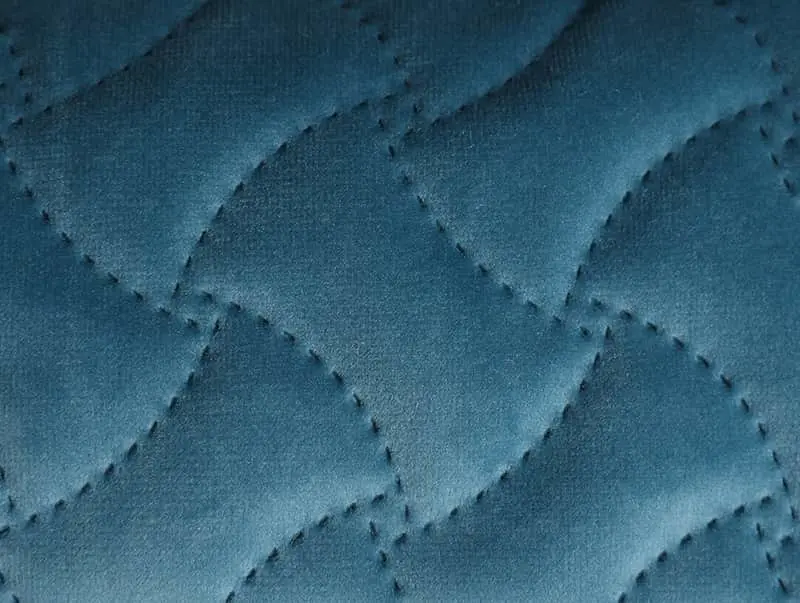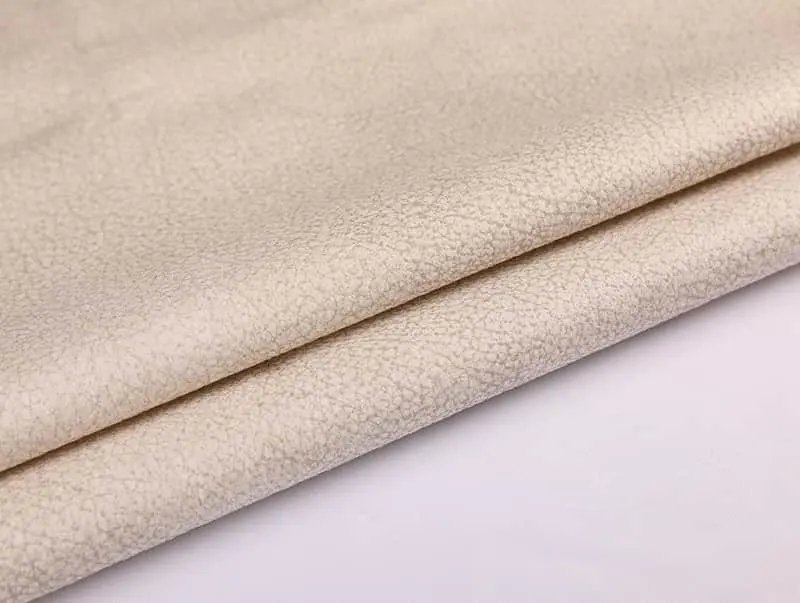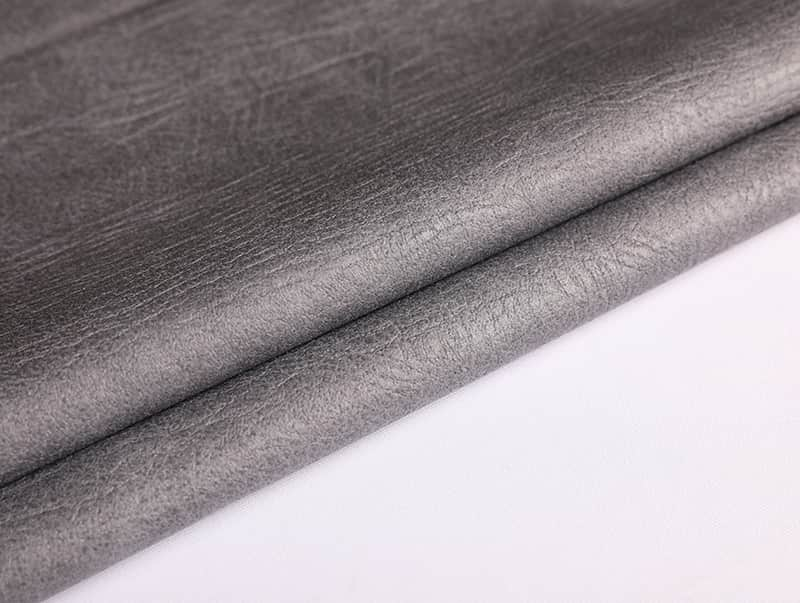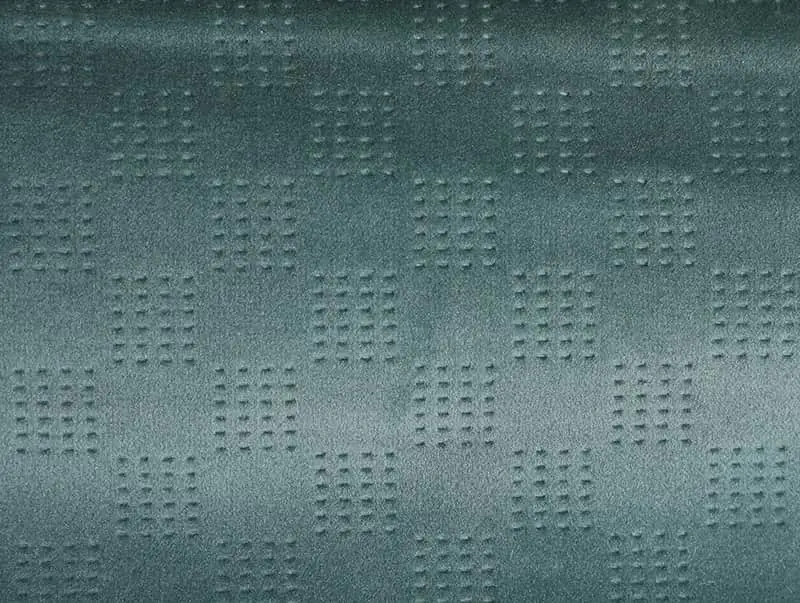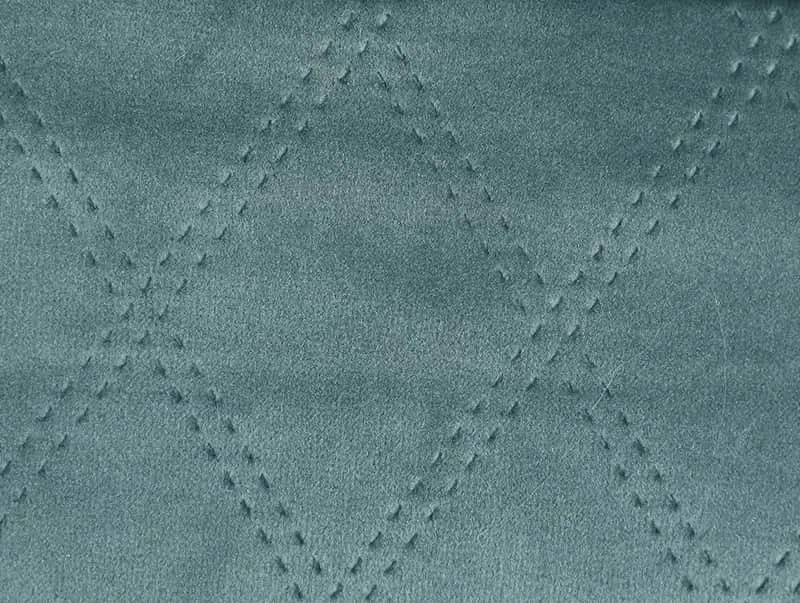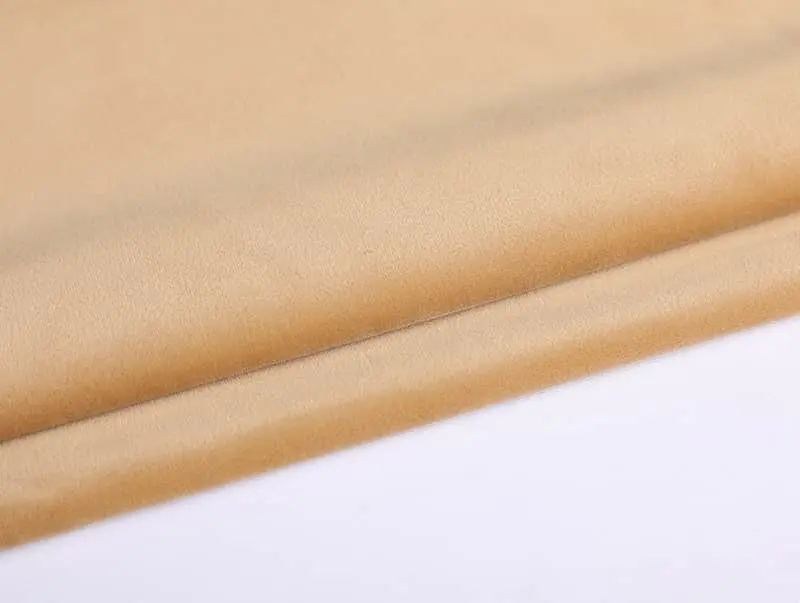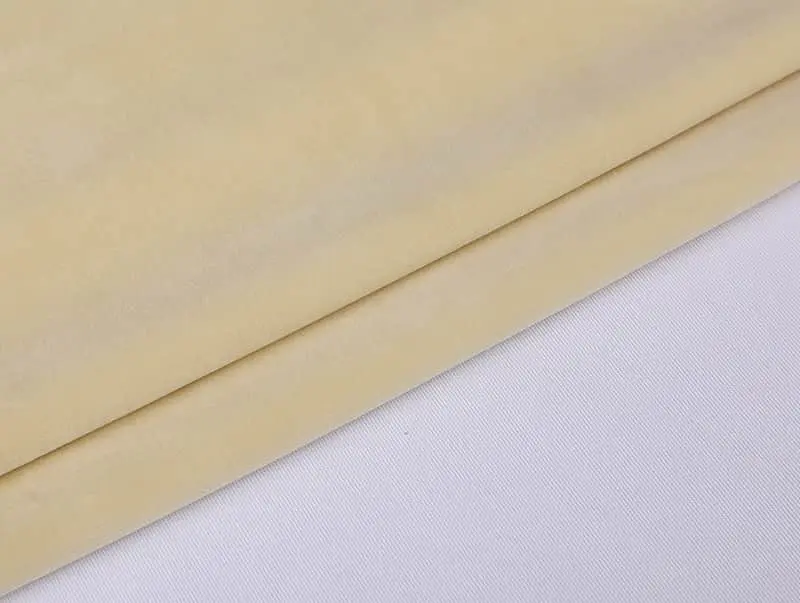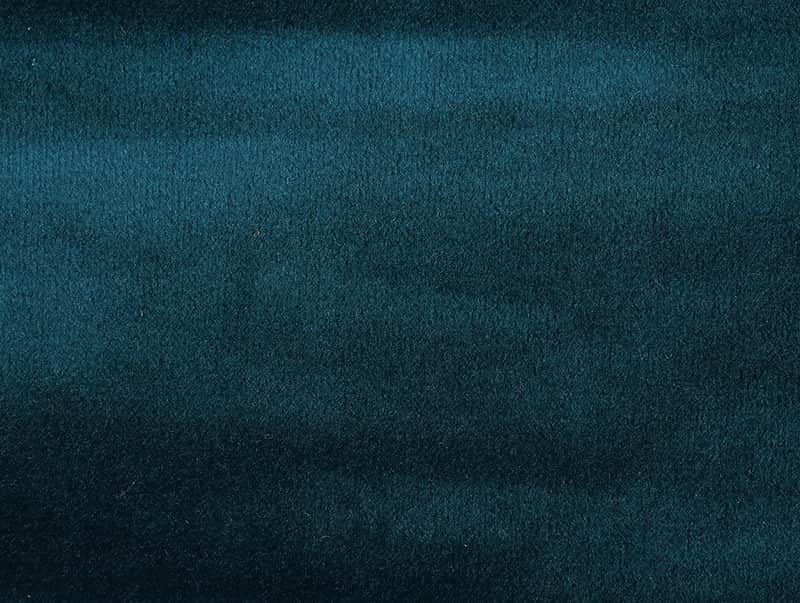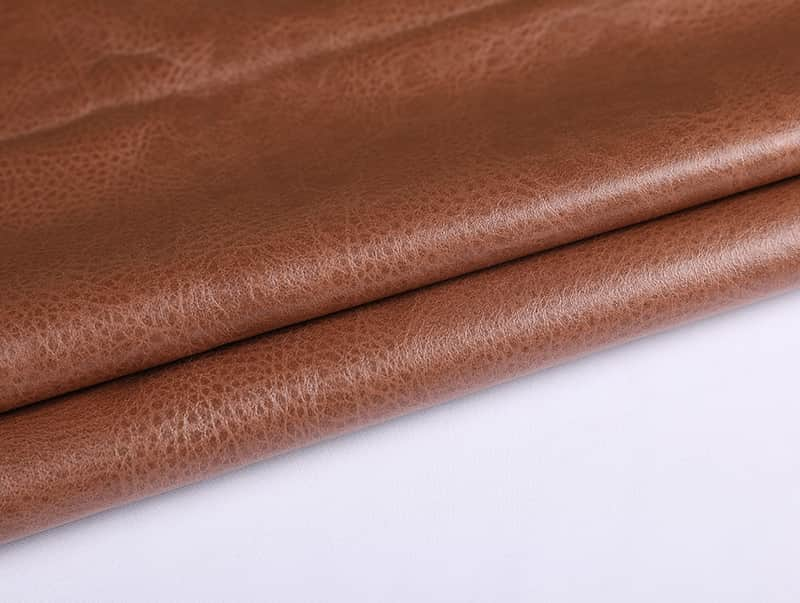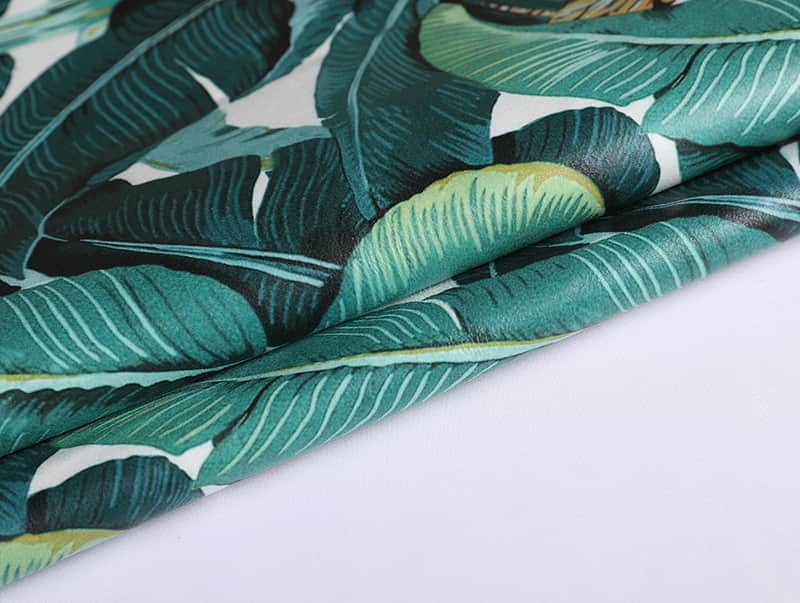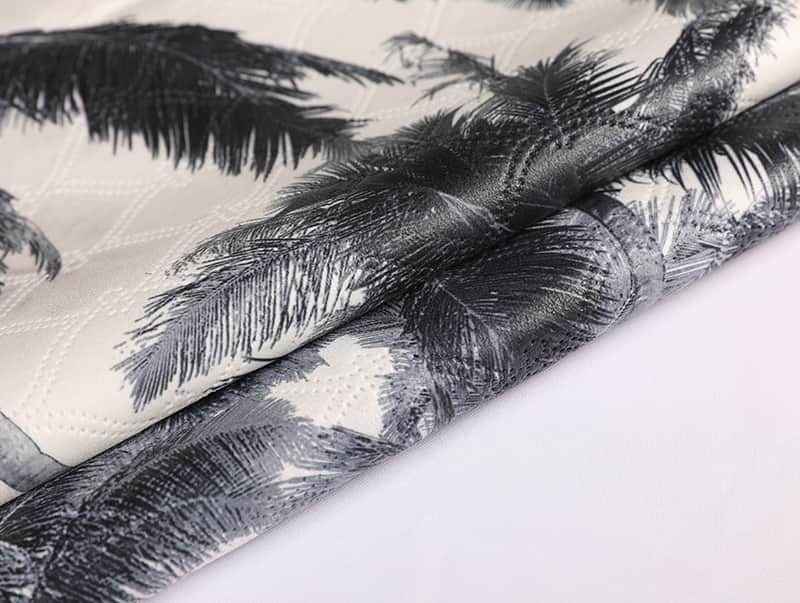Curtain velvet fabrics, also known as velour or velveteen, are a popular choice for curtains and draperies due to their luxurious look and soft texture. They add elegance and warmth to any room. Here are some common applications of curtain velvet fabrics:
Home Décor: Velvet curtains are widely used in residential settings to enhance the aesthetic appeal of living rooms, bedrooms, dining areas, and home theaters. They create a cozy and opulent ambiance while providing privacy and light control.
Theatrical Productions: Velvet curtains are often used in theaters, auditoriums, and concert halls for stage backdrops, side curtains, and masking panels. Their rich texture and light-absorbing properties help create a visually captivating atmosphere on stage.
Event Decorations: Velvet drapes are a popular choice for event decorations, such as weddings, galas, and formal parties. They can be used as room dividers, backdrops, or decorative accents to add a touch of elegance and sophistication.
Hospitality Industry: Velvet curtains are frequently seen in upscale hotels, restaurants, and lounges. They contribute to the luxurious and inviting ambiance of these establishments, creating a sense of comfort and exclusivity.
Office Spaces: Velvet curtains can be utilized in professional settings, such as executive offices or meeting rooms, to add a touch of refinement and sophistication. They help create a professional and stylish environment.
Cinemas and Home Theaters: Velvet fabrics are commonly used in cinemas and home theaters for wall coverings and acoustic panels. Their dense texture helps absorb sound, reducing echoes and improving the overall acoustics of the space.
Retail Displays: Velvet curtains can be used in retail stores to create visually appealing displays or to partition different sections of the store. They add a sense of luxury and can help showcase products effectively.
When selecting curtain velvet fabrics, consider the color, thickness, and pile height that suits your desired aesthetic and functional requirements. Additionally, proper care and maintenance are essential to preserve the appearance and longevity of velvet curtains, as they are delicate fabrics that may require specialized cleaning methods.Meanwhile,The production of curtain velvet fabrics involves several steps, including weaving, dyeing, finishing, and quality control. Here are the general production steps for curtain velvet fabrics:
Yarn Preparation: The production process begins with preparing the yarns. Natural fibers like cotton, silk, or synthetic fibers like polyester or rayon are typically used to create velvet fabrics. The yarns are carefully selected and processed, including cleaning, spinning, and twisting, to create the desired yarn quality.
Weaving: The yarns are then woven on a loom to create the base fabric. The weaving process can be done using different techniques, such as traditional shuttle looms or modern computerized looms. The fabric is woven with loops or pile loops on one side, which will become the velvet surface.
Pile Formation: After weaving, the fabric goes through a process called "pile formation." In this step, the loops or pile yarns are created on the face side of the fabric. The loops can be formed by cutting or uncutting the pile yarns. Cutting the loops creates a cut pile velvet, while leaving them intact results in an uncut pile velvet (known as loop pile or loop velvet).
Dyeing: Once the pile formation is complete, the fabric is dyed to achieve the desired color. Dyeing can be done using various methods such as immersion dyeing, padding, or printing. The fabric is immersed in dye baths or treated with dye chemicals to ensure the color penetrates the fibers evenly. Multiple dyeing cycles may be required to achieve the desired shade and color fastness.
Finishing: After dyeing, the fabric undergoes various finishing processes to enhance its appearance, texture, and performance. These processes can include brushing, shearing, steaming, heat setting, or applying special finishes such as flame retardants or stain repellents. The finishing treatments help improve the fabric's drape, luster, softness, and other desired characteristics.
Inspection and Quality Control: Once the finishing is complete, the fabric goes through a rigorous inspection process to ensure it meets the quality standards. Highly trained personnel check for any defects, flaws, or inconsistencies in the fabric's appearance, color, or texture. This step helps maintain the quality and consistency of the curtain velvet fabrics.
Cutting and Sewing: After passing the inspection, the curtain velvet fabrics are ready for cutting and sewing into curtain panels or other desired shapes. The fabrics are carefully measured, cut, and sewn according to the specific dimensions and designs required for the curtains.
Packaging and Distribution: Finally, the finished curtain velvet fabrics are packaged and prepared for distribution to retailers, wholesalers, or directly to customers. The fabrics are rolled or folded, labeled, and packed in suitable packaging materials to ensure their protection during transportation and storage.


